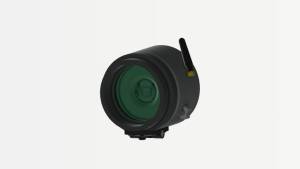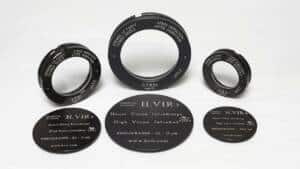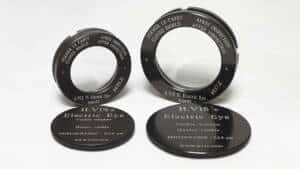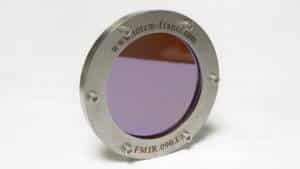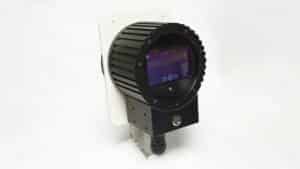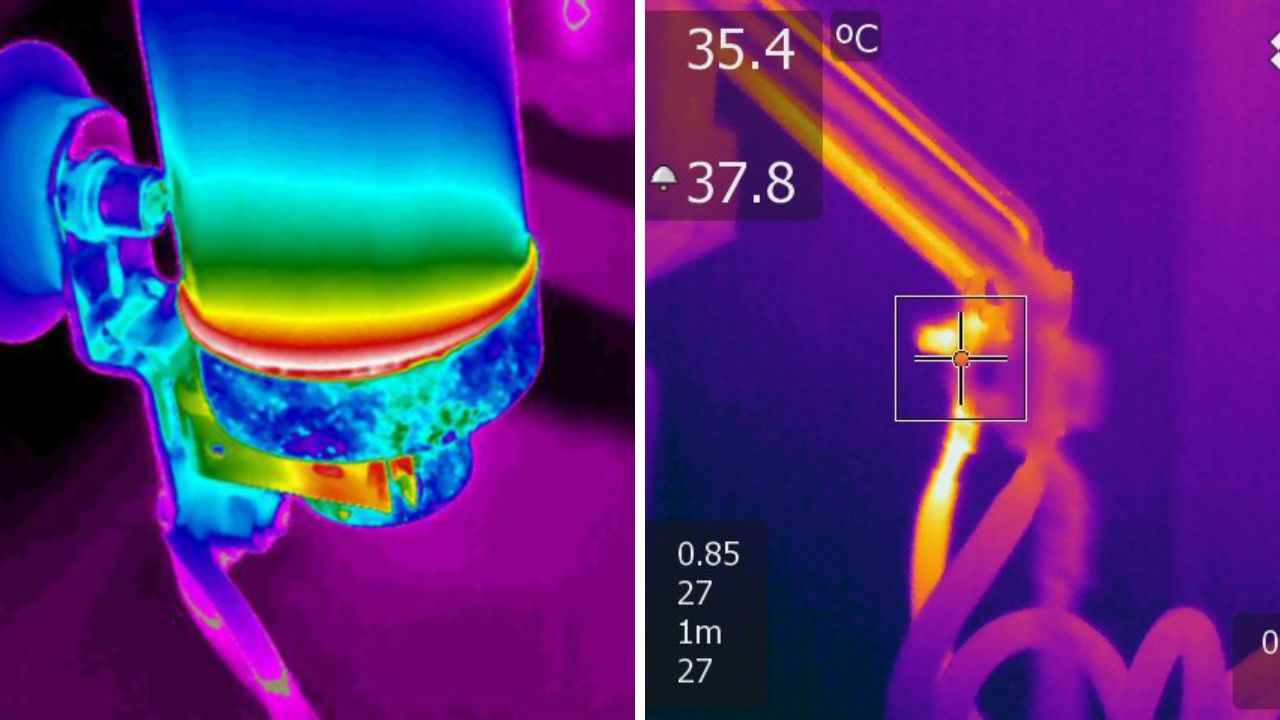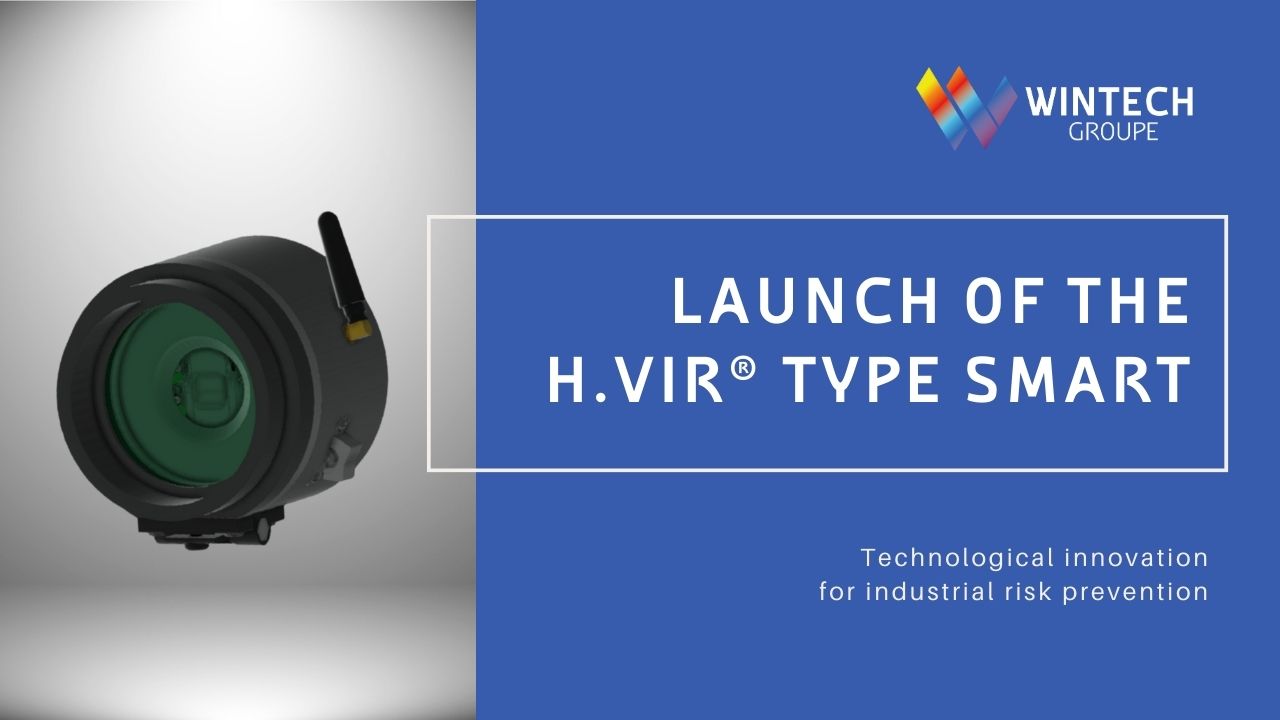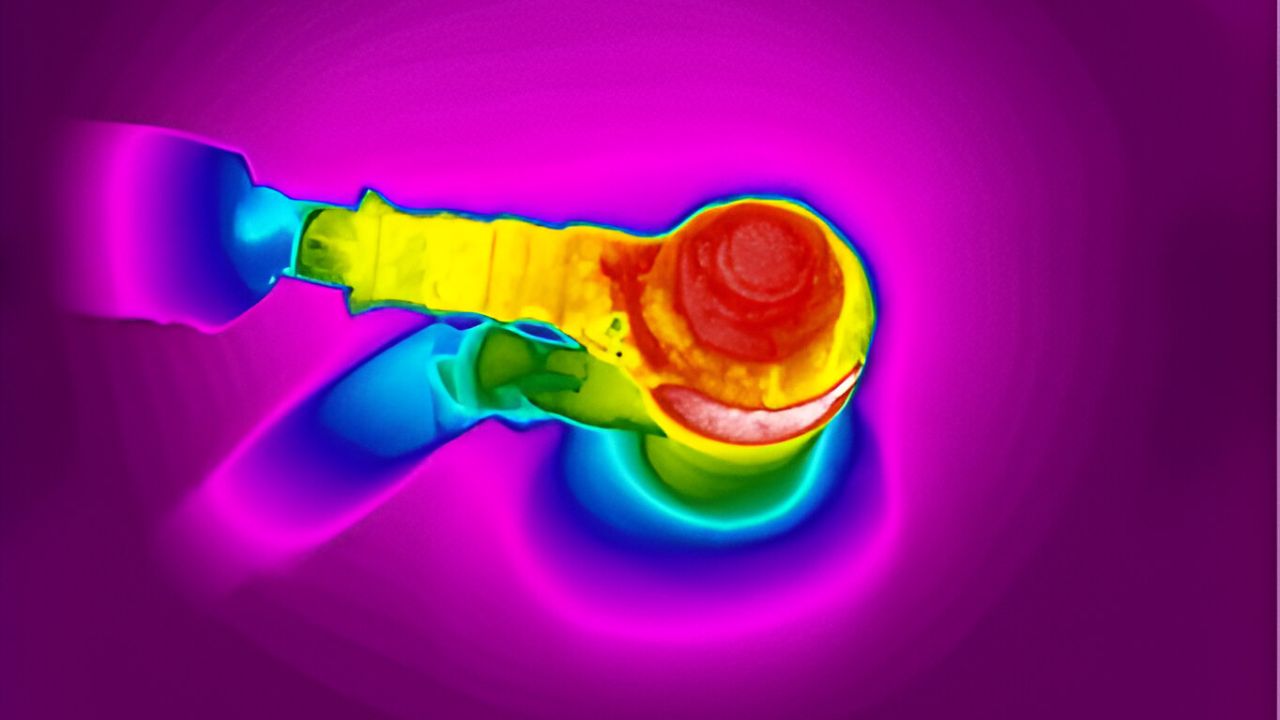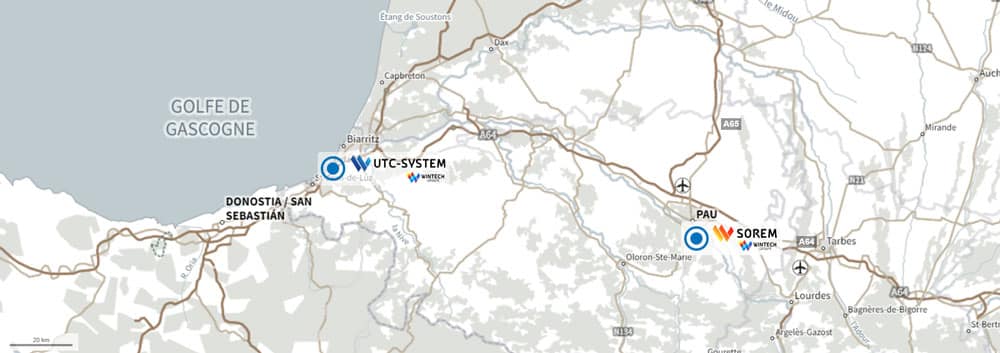Controlling the risk of fire in electrical equipment with thermal cameras
Fire is an important risk that needs regular monitoring. The damage caused by fire includes material damage, but it can also endanger lives. Companies hit by a major fire also risk long term financial problems. Preventive maintenance of electrical equipment, using thermal cameras, is an effective way to reduce and prevent fires. These make it possible to detect thermal anomalies, such as overheating, before they start a fire.
How do thermal imaging cameras work?
Thermal cameras, equipped with a detector, detect temperature variations in electrical equipment by measuring heat waves or infrared radiation. This radiation is translated via a thermal image where each temperature value is indicated by a color. Colors used for the hottest areas are red and yellow. The cold areas are shown in blue or purple. Unlike conventional cameras, infrared cameras make it possible to visualize areas of heat and identify hot spots invisible to the naked eye. They are therefore able to detect overheating or thermal anomalies in electrical equipment (transformers, electrical panels, etc.) before they turn into a fire.
Methods for inspecting electrical equipment?
As part of preventive maintenance, authorized technicians use thermal cameras to identify any anomalies inside electrical equipment. There are three methods: “conventional maintenance” that involved opening faceplates, “preventive maintenance” with the installation of infrared windows on the equipment and “predictive maintenance” based on autonomous and continuous monitoring.
Conventional maintenance: an unreliable and expensive method
In the context of conventional maintenance, the technician’s visit must be scheduled because it will involve cutting off the power supply to the HVA network to allow the opening of the electrical equipment faceplates. This maintenance has several significant disadvantages:
- No power means shutting down production for a certain time and losing production time
- De-energized inspection that does not allow for efficient capture of hot spots (rapid cooling)
- Impact on electrical equipment when opening and closing faceplates (premature aging, requires increased attention when tightening closing/opening elements)
- impossibility of capturing radiation in wavelengths greater than 1 μm if plexiglass is present (except for heating produces radiation in wavelengths greater than 1 μm)
- an inspection that only allows for a check at a given time (risk of an anomaly presenting a serious risk between two annual inspections)
Preventive maintenance: a more reliable and accurate method
Preventive maintenance consists of installing an infrared window on the faceplates of electrical equipment this allows the connectors to be viewed without opening the devices. During the inspection, the technician points the thermal camera at the infrared window. This method has several advantages:
- No power off during inspection (no temporary shutdown of production lines)
- Longer lifespan of electrical equipment (no opening and closing)
- An infrared window that allows infrared wavelengths to pass through, from 0.3 μm to 13 μm, with a very low transmission loss (around 10% maximum)
Predictive maintenance: for autonomous and continuous monitoring
Predictive maintenance is based on the use of thermal imaging detectors, implanted on the faceplates of electrical equipment. This technology combines thermography, compensation algorithms and IoT (Internet of Things). It is the innovation that marks the technological evolution of the infrared window towards a connected system. These electrical equipment monitoring devices considerably optimize fire risk management thanks to:
- Permanent and autonomous thermal monitoring
- A programmable alert system that allows you to set measurement thresholds and trigger appropriate actions
- An integrated monitoring system that allows thermographers to analyze results over time
- Controlled risk management through early detection of anomalies
- Events to trigger the planning of a technical inspection
For companies, the maintenance of electrical equipment is at the heart of a fire risk management strategy. The use of infrared technology is essential to assess overheating problems invisible to the naked eye. In this context, the use of thermal cameras is essential for device maintenance operations. For early detection of thermal anomalies, continuous monitoring with integrated IR detectors is the most comprehensive solution in terms of safety and reliability.
Fire is an important risk that needs regular monitoring. The damage caused by fire includes material damage, but it can also endanger lives. Companies hit by a major fire also risk long term financial problems. Preventive maintenance of electrical equipment, using thermal cameras, is an effective way to reduce and prevent fires. These make it possible to detect thermal anomalies, such as overheating, before they start a fire.
How do thermal imaging cameras work?
Thermal cameras, equipped with a detector, detect temperature variations in electrical equipment by measuring heat waves or infrared radiation. This radiation is translated via a thermal image where each temperature value is indicated by a color. Colors used for the hottest areas are red and yellow. The cold areas are shown in blue or purple. Unlike conventional cameras, infrared cameras make it possible to visualize areas of heat and identify hot spots invisible to the naked eye. They are therefore able to detect overheating or thermal anomalies in electrical equipment (transformers, electrical panels, etc.) before they turn into a fire.
Methods for inspecting electrical equipment?
As part of preventive maintenance, authorized technicians use thermal cameras to identify any anomalies inside electrical equipment. There are three methods: “conventional maintenance” that involved opening faceplates, “preventive maintenance” with the installation of infrared windows on the equipment and “predictive maintenance” based on autonomous and continuous monitoring.
Conventional maintenance: an unreliable and expensive method
In the context of conventional maintenance, the technician’s visit must be scheduled because it will involve cutting off the power supply to the HVA network to allow the opening of the electrical equipment faceplates. This maintenance has several significant disadvantages:
- No power means shutting down production for a certain time and losing production time
- De-energized inspection that does not allow for efficient capture of hot spots (rapid cooling)
- Impact on electrical equipment when opening and closing faceplates (premature aging, requires increased attention when tightening closing/opening elements)
- impossibility of capturing radiation in wavelengths greater than 1 μm if plexiglass is present (except for heating produces radiation in wavelengths greater than 1 μm)
- an inspection that only allows for a check at a given time (risk of an anomaly presenting a serious risk between two annual inspections)
Preventive maintenance: a more reliable and accurate method
Preventive maintenance consists of installing an infrared window on the faceplates of electrical equipment this allows the connectors to be viewed without opening the devices. During the inspection, the technician points the thermal camera at the infrared window. This method has several advantages:
- No power off during inspection (no temporary shutdown of production lines)
- Longer lifespan of electrical equipment (no opening and closing)
- An infrared window that allows infrared wavelengths to pass through, from 0.3 μm to 13 μm, with a very low transmission loss (around 10% maximum)
Predictive maintenance: for autonomous and continuous monitoring
Predictive maintenance is based on the use of thermal imaging detectors, implanted on the faceplates of electrical equipment. This technology combines thermography, compensation algorithms and IoT (Internet of Things). It is the innovation that marks the technological evolution of the infrared window towards a connected system. These electrical equipment monitoring devices considerably optimize fire risk management thanks to:
- Permanent and autonomous thermal monitoring
- A programmable alert system that allows you to set measurement thresholds and trigger appropriate actions
- An integrated monitoring system that allows thermographers to analyze results over time
- Controlled risk management through early detection of anomalies
- Events to trigger the planning of a technical inspection
For companies, the maintenance of electrical equipment is at the heart of a fire risk management strategy. The use of infrared technology is essential to assess overheating problems invisible to the naked eye. In this context, the use of thermal cameras is essential for device maintenance operations. For early detection of thermal anomalies, continuous monitoring with integrated IR detectors is the most comprehensive solution in terms of safety and reliability.


